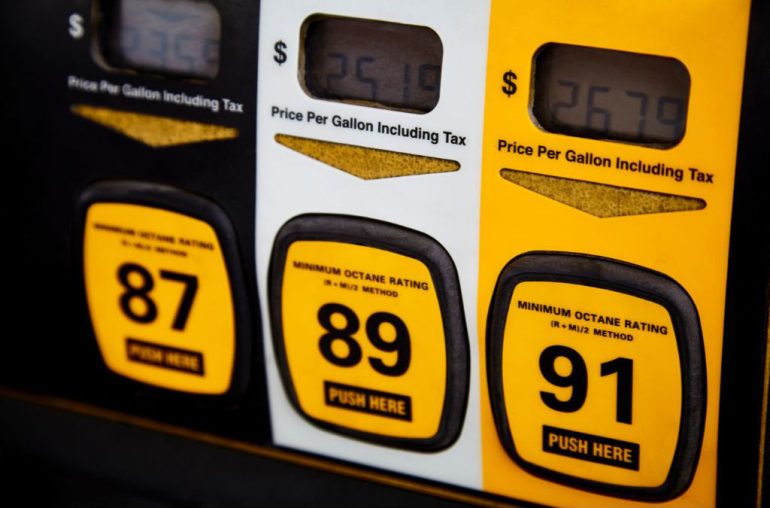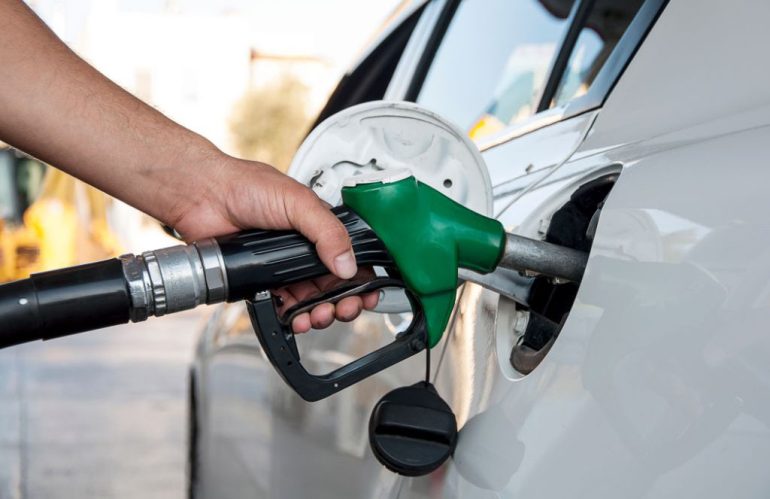Boosting Fuel Efficiency: Real-World Tips

Gas prices are always a bit unpredictable, but the desire to get more bang for your buck at the pump never goes away. Whether driving a compact sedan, family SUV, or trusty pickup, squeezing better fuel efficiency from your current car is totally doable without jumping to a hybrid or EV. Most of this boils down to smart driving habits and routine maintenance, really. It’s all about keeping that hard-earned cash where it belongs—in the wallet.
Per the U.S. Department of Energy, good maintenance and smart driving can uptick your fuel economy by as much as 40 percent. Even smaller bumps, like 10 to 15 percent, can lead to a nice chunk of change saved annually, depending on how far and how often the car hits the road.
Let’s dive into those no-nonsense tips to stretch that fuel and keep the car in top form.
Habits Matter

Changing driving habits is a quick path to saving more on fuel. Those who drive aggressively, with rapid acceleration, harsh braking, and speeding, not only burn more gas but wear out the car faster too. According to the EPA, such habits can drop mileage by 15 to 30 percent on highways and by 10 to 40 percent in city traffic.
Try coasting into stops and maintain steady speeds on highways. Utilizing cruise control on long trips can help maintain consistent speed and fuel consumption.
Minimize Idling
Engines today don’t need to idle long to warm up. Generally, idling over 10 seconds wastes more fuel than restarting the engine. The AAA highlights that idling can consume up to half a gallon per hour, depending on engine size and accessories. When parked, it’s best to turn the engine off.
Check Tire Pressure
Under-inflated tires elevate rolling resistance, making the engine work harder. The Department of Energy says that properly inflated tires can improve mileage by up to 3 percent.
Check tire pressure monthly with a solid gauge, keeping to the PSI in the owner’s manual or driver-side door frame. Avoid the “max PSI” number on the tire itself.
Lighten the Load
Extra weight can drag fuel efficiency down, especially in smaller cars. The EPA suggests every 100 extra pounds can drop fuel economy by around 1 percent. Clear out unnecessary weight from the vehicle and opt for roof carriers only when needed, as they increase drag—especially at highway speeds.
Maintain and Tune
A well-tuned engine is a fuel-efficient one. Stick to the manufacturer’s service schedule for things like oil changes, air filters, and spark plugs. A dirty filter or worn spark plugs can hamper efficiency and performance.
Consumer Reports mentions fixing big maintenance issues like a failed oxygen sensor can boost mileage by up to 40 percent. Routine tune-ups, even small ones, can bring noticeable improvements in overall efficiency.
A/C Use Wisely
Comfort is important, but cranking the A/C increases engine load, especially in older cars. The SAE reports up to a 25 percent reduction in mileage on short trips with A/C running. Consider ventilation or windows at low speeds. However, open windows at high speeds may create drag, so it’s a balancing act.
Manual Driving Tips
For those with a manual transmission, timing shifts right can save fuel. Shifting too early or late can impact mileage. Driving in the highest possible gear without straining the engine helps. Avoid unnecessary revving and shift smoothly for better efficiency.
Fuel Quality
The premium fuel myth is common—people think it’s better for any engine. In reality, most cars run perfectly on regular unleaded. Only go for premium if it’s required. Using higher-grade fuel without need adds no benefit other than higher costs. Per AAA, Americans waste more than $2 billion annually using needless premium gas.
Smart Trip Planning
Those short solo trips can gulp more gas than one consolidated multi-stop trip. Try combining errands and using apps like Waze or Google Maps to dodge traffic that wastes fuel with unnecessary idling.
Right Motor Oil
Using the right grade motor oil can better fuel efficiency by up to 2 percent. Look for Energy Conserving labeling on oil, featuring friction-reducing additives that help engines run smoother.
One doesn’t need a hybrid or electric to enjoy improved fuel efficiency. With some change in the way of driving and upkeep, get more from that gas tank without splurging. As fuel prices keep dancing around, these straightforward adjustments can lead to noticeable monetary savings over time—and enhance the joy of owning the car.
Tesla's Space Crunch
2025 F-150 Lobo Debuts
Ford Territory Revamp
Honda's Electric Debut
EV Sales Decline